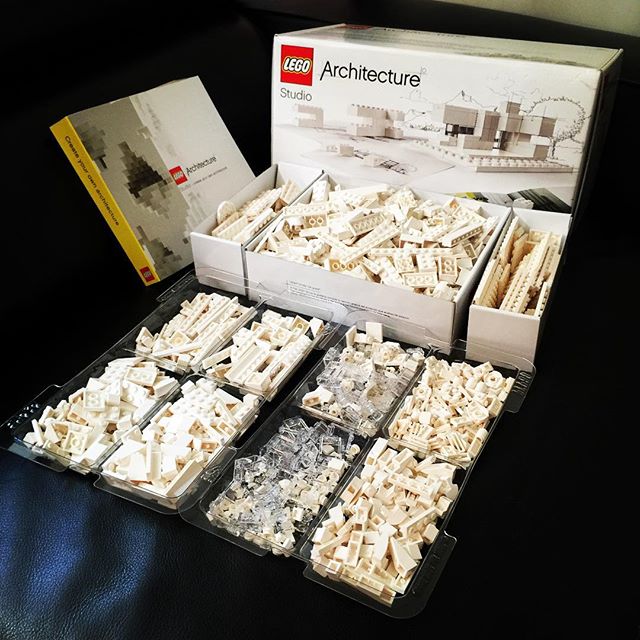How to Build the Right Product but not New Product

Over the course of past few years as a product manager and evolving now as a manager of products, I have often reflected on how I think about building products. One insight that I have developed is that you focus on building the right product and not the new product. In fact, you need three important ingredients: (a) the technology facilitates the right user experience, (b) the timing of product to the market is right and (c) making the offline experience seamless from the online world and vice versa.
How do you know that you have build the right product? I have a couple of check points to cross validate on the products which I have worked on in my professional life.
- Will I use this product or service myself? It’s a simple question but my suspicion is that a lot of people actually don’t ask themselves this brutal question. When the product is built, I will test drive the product myself to convince myself if it is used. From mobile applications to web services, I often have this anxiety when a designed product from my team goes to the wild. I will use the service as a customer to convince myself and often have that fear that it will fail. Of course, when it works magically, I am only glad and my immediately question is, “How can I improve the product better?”
- What is the customer and product/service provider journey? In designing my products, most people often focus on the customer journey. Actually, the journey on how the product/service provider (which is your business team) needs to operate with respect to the customer is equivalently important. In designing the process and intersecting the administrative and operational processes into the customer journey helped to push the product better.
- How does it facilitate a transition from the online to the offline and vice versa? Given that software is eating the world, most digital services today are intersecting the boundaries of the online and offline world. Hence, thinking of how the digital service leads to a real world transaction becomes ever important in that process of product building.
- Seriously being first-mover or last-mover has no advantages: The way I think about is that there is no difference between the first and last mover advantages. The only advantage is whether you are building the product for the needs of the customer. If your product is perfect for the customer and the timing is right, it does not matter whether you are the first or last to take the product to market. If you need inspiration, Apple is not the first to make the smartphone, Google is not the first search engine and Facebook is not the first social network.
To summarise, to build the right product requires a triangulation of three things: (a) the alignment of customer experience with the product, (b) the right timing for the business of the product to work, and (c) a seamless transition from online to offline. Just remember what Craig Federighi from Apple said: “New is easy, but Right is hard.”


